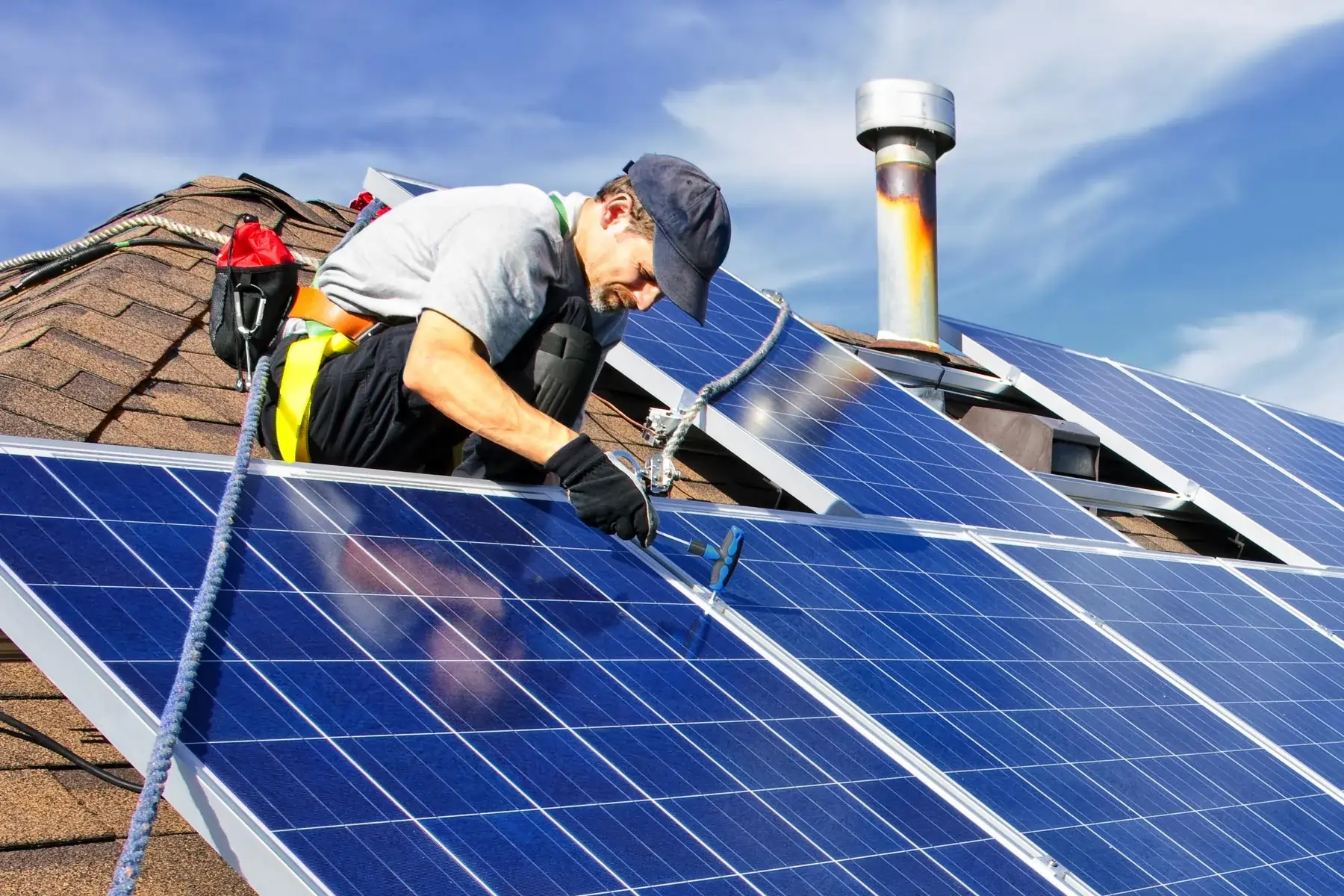Solar power offers an appealing solution as energy costs rise and environmental concerns become more pressing. Installing solar panels can reduce your electricity bills and lower your carbon footprint. If you’re new to solar technology, this beginner’s guide will help you understand the basics of solar panel installation and provide tips to get started.
Understanding Solar Panels
Solar panels, or photovoltaic (PV) panels, convert sunlight into electricity using semiconductor materials. These panels consist of numerous solar cells that generate direct current (DC) electricity when exposed to sunlight. An inverter converts this DC power into alternating current (AC), which powers your home.
Why Go Solar?
Cost Savings:
Solar panels can significantly reduce your electricity bills. With solar power, you generate your electricity and may even qualify for tax credits and rebates.
Environmental Impact:
Solar energy is a clean, renewable resource that reduces greenhouse gas emissions and dependence on fossil fuels.
Energy Independence:
By generating your electricity, you become less reliant on the grid and its associated fluctuations in price and availability.
Steps to Installing Solar Panels
Assess Your Energy Needs
Start by evaluating your energy consumption. Look at your utility bills to determine how much electricity you use on average. This information will help you estimate the size of the solar system you need.
Evaluate Your Home’s Solar Potential
Check if your home is suitable for solar panels. The ideal location is a roof that receives ample sunlight and is free from obstructions like trees or tall buildings. Additionally, the angle and orientation of your roof can affect solar panel efficiency. South-facing roofs are typically the best for capturing sunlight.
Research Local Regulations and Incentives
Familiarize yourself with local regulations, zoning laws, and building codes related to solar panel installation. Many areas offer incentives such as tax credits, rebates, and grants to reduce the cost of solar installations. The Database of State Incentives for Renewables & Efficiency (DSIRE) is a valuable resource for finding incentives in your area.
Choose a Solar Installer
Selecting a reputable solar installer is crucial. Look for companies with good reviews, proper licensing, and experience in the industry. Request quotes from multiple installers to compare prices and services. A professional installer will conduct a site assessment, discuss your options, and provide a detailed proposal.
Design Your Solar System
Your installer will customize a solar system to suit your specific needs. This includes selecting the appropriate number and type of solar panels, sizing the inverter, and planning the overall system layout. Additionally, they will choose suitable aluminum extrusion shapes for the frames to ensure a sturdy and efficient installation that complements your home’s structure.
Obtain Permits
Before installation begins, you’ll need to obtain the necessary permits from your local government. Your installer will typically handle this process, ensuring your system complies with local codes and regulations.
Installation Process
The installation process generally takes one to three days. The installer will mount the solar panels on your roof, connect them to the inverter, and wire the system to your home’s electrical panel. They’ll also perform a thorough inspection to ensure everything is installed correctly and functioning.
Inspection and Activation
After installation, your system must be inspected by your local utility or building department. Once approved, your installer will activate the system. This may involve setting up net metering, which allows you to receive credit for any excess electricity your system generates and sends back to the grid.
Monitor and Maintain
After installation, monitoring your solar system’s performance is essential to ensure it operates efficiently. Most systems come with monitoring software that allows you to track energy production and identify any issues. Regular maintenance, such as cleaning the panels and checking for debris, will help keep your system in shape.
In Conclusion
Solar panel installation is a significant investment, but it offers long-term benefits, including cost savings, environmental impact, and energy independence. By following these steps and working with a reputable installer, you can harness the sun’s power and enjoy the many advantages of solar energy. As technology advances and more incentives become available, solar power becomes an increasingly accessible and practical choice for homeowners looking to make a positive change.







2 thoughts on “How Solar Panel Installation Can Increase Your Property Value”